Namdo Folk Food Exhibition Room & Honam Cultural Material Pavilion (남도향토음식박물관·호남문화자료전시관)
7.3Km 2021-11-27
477, Seoljuk-ro, Buk-gu, Gwangju
+82-62-410-6642
Located in Gwangju, the Namdo Folk Food Exhibition Room was established to preserve and promote the local foods of the Namdo region. The museum has a museum shop, both permanent exhibitions and special planned exhibitions, and a studio where visitors can watch a variety of video content related to the local foods. In the Honam Cultural Material Pavilion, literature, clothing, and artwork from the region are on display.
The museum building was designed to resemble both the long, rectangular presses used to make patterned rice cakes and the Ipseokdae Rock of Mudeungsan Mountain, a symbol of Gwangju. Even the colors of the building’s walls hold special significance. The obangsaek (five colors; blue, white, red, black, and yellow) symbolize the cardinal directions, the seasons, the major organs in the body, different tastes, feelings, and philosophy.
Jin Convalescent Hospital (진요양병원)
7.4Km 2025-10-23
33, Daejasil-ro, Buk-gu, Gwangju
Jin Convalescent Hospital is a Ministry of Health and Welfare-certified cancer rehabilitation hospital located in Unam-dong, Buk-gu, Gwangju. We provide personalized care tailored to each patient’s condition and symptoms, focusing on specialized programs for cancer patients while utilizing the latest equipment and technology. Our commitment is to prioritize patients’ health and wellness. In 2024, we were designated a foreigner-friendly hospital in Gwangju, offering internal medicine consultation, a wellness clinic, comprehensive blood tests, obesity treatments, and an integrated pain clinic combining Western and Korean medicine for international patients. Experience compassionate, patient-centered care and expert medical treatment here with us.
Olive Young - Gwangju 518 Park Branch [Tax Refund Shop] (올리브영 광주518공원)
7.8Km 2024-04-18
90, Sangmuminju-ro, Seo-gu, Gwangju
-
Hola Alpaca Café (올라알파카카페)
7.8Km 2024-02-20
477 Anyangsan-ro, Hwasun-eup, Hwasun-gun, Jeollanam-do
Hola Alpaca Café is a bakery café in Hwasun where visitors can see alpacas up close and experience feeding them. Its signature menu item is the Alpaca cube latte, where espresso cubes shaped like alpacas are melted into milk. The café offers a popular spot for enjoying beverages and desserts while overlooking the scenic views of Manyeonsan Mountain.
Bitgoeul Korea Traditional Classical Music Instruction Hall (빛고을국악전수관)
8.0Km 2024-12-17
182 Punggeum-ro, Seo-gu, Gwangju
Bitgoeul Korea Traditional Classical Music Instruction Hall offers various programs throughout the year. Since 2002, classes on traditional instruments are available, as well as separate children gugak classes. Special exhibition on the second floor has various instruments that visitors can actually try. The permanent exhibition on the third floor has 45 different gugak instruments as well as videos to further provide detailed information. The main area is the performance hall on B1-B2F, with 137 seats, that offers performances every Thursday for free from traditional gugak to fusion music.
May 18th National Cemetery (5·18 기념공원)
8.0Km 2024-02-29
152 Naebang-ro, Seo-gu, Gwangju
+82-62-376-5197
May 18th National Cemetery is a park established to commemorate the democratization movement that took place in Gwangju in May 18th, 1980. The park features facilities such as the May 18th Memorial Culture Center, Daedong Plaza, Gwangju Student Movement Memorial Tower, memorial spaces, and the Oweol Pavilion. It serves as a meaningful space for reflecting on the history of Korean democracy and honoring the sacrificial spirit of the martyrs who lost their lives during the democratization movement.
HOTEL OHU (호텔 오후)
8.0Km 2024-12-09
4-33 Geumhwa-ro 85beon-gil, Seo-gu, Gwangju
HOTEL OHU uses disposable bedding to protect guests for maximum hygiene. Breakfast includes Hangang ramyeon, Taiwan-style sandwich, and drinks. There are plenty of parking spaces. Every room has various OTT service available and guests can also order room service. Each room has unique style for a different feel every time guests visit.
Mugaksa Temple (무각사)
8.1Km 2025-08-18
230, Uncheon-ro, Seo-gu, Gwangju
+82-62-383-0108
Nestled at the foot of Yeouisan Mountain in the business center of Gwangju, Mugaksa Temple is an urban Buddhist Temple. Unlike other urban Buddhist Temples, Mugaksa Temple has all the elements of a traditional temple. The temple is used as a cultural resting area and artistic spot for meetings without any religious barrier. The temple is also the starting point of the 2 kilometer walking trail to the 5.18 Memorial Park, leading to a constant flow of visitors.
Yeonhwa Sikdang (연화식당)
8.3Km 2025-01-22
147 Mareukbokgae-ro, Seo-gu, Gwangju
It is a restaurant where you can enjoy yukjeon (Pan-fried Battered Beef) with a variety of Jeolla-do side dishes. For a unique twist, try wrapping the yukjeon with aged kimchi in a leaf wrap. The nutty aroma of perilla oil combined with the tangy flavor of aged kimchi creates an especially delightful taste experience.
Dubai hotel (두바이호텔)
8.4Km 2024-12-22
47 , Sangmubeonyeong-ro, Seo-gu, Gwangju
+82-62-370-0700, +82-10-5094-1400
The Gwangju Dubai Hotel in Gwangju, Jeollanam-do, opened in 2016. Rooms have white-themed interiors, king-size double beds, a jacuzzi, and chandeliers to enhance the opulence. Free valet parking and both Korean and American buffet breakfasts are provided. Gwangju Airport and U-Square Gwangju Bus Terminal are just 10 minutes away by car, and KTX/SRT Gwangju Songjeong station about 15 minutes away. Gwangju City Hall is within walking distance, and the Kim Daejung Convention Center and the 5.18 Memorial Park are also both nearby.
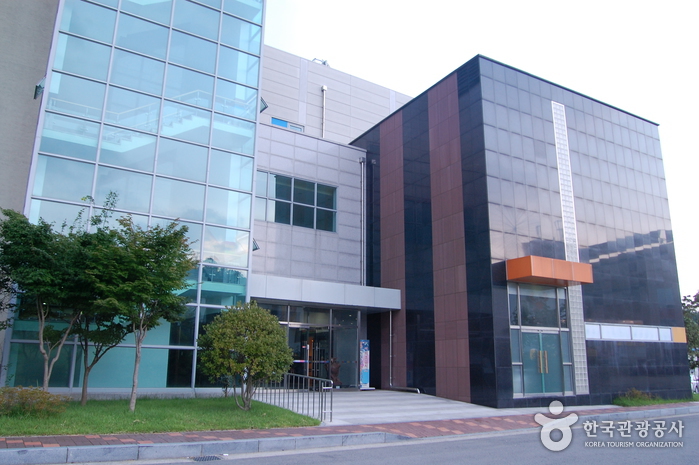

![Olive Young - Gwangju 518 Park Branch [Tax Refund Shop] (올리브영 광주518공원)](http://tong.visitkorea.or.kr/cms/resource/24/2886924_image2_1.jpg)
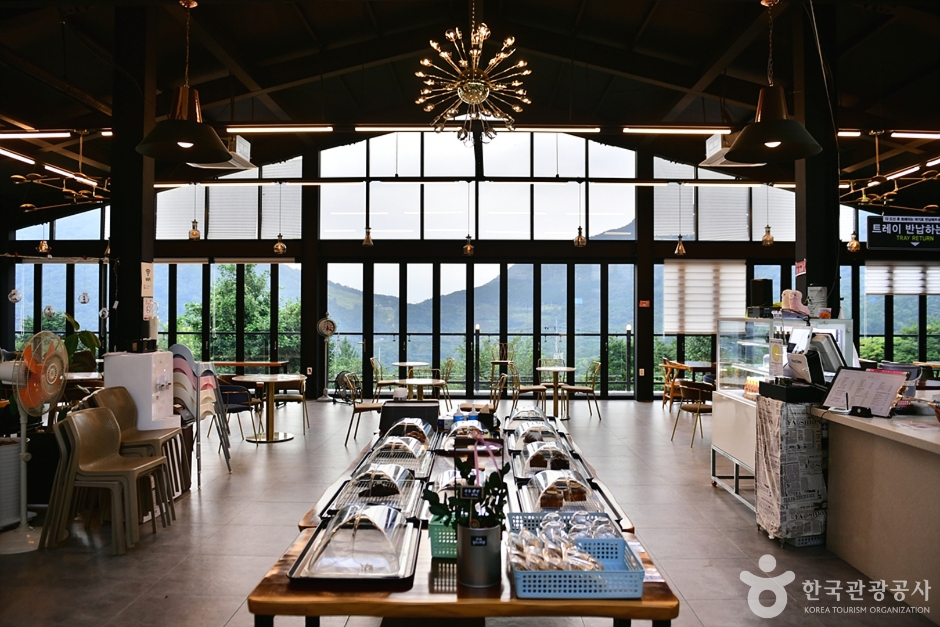
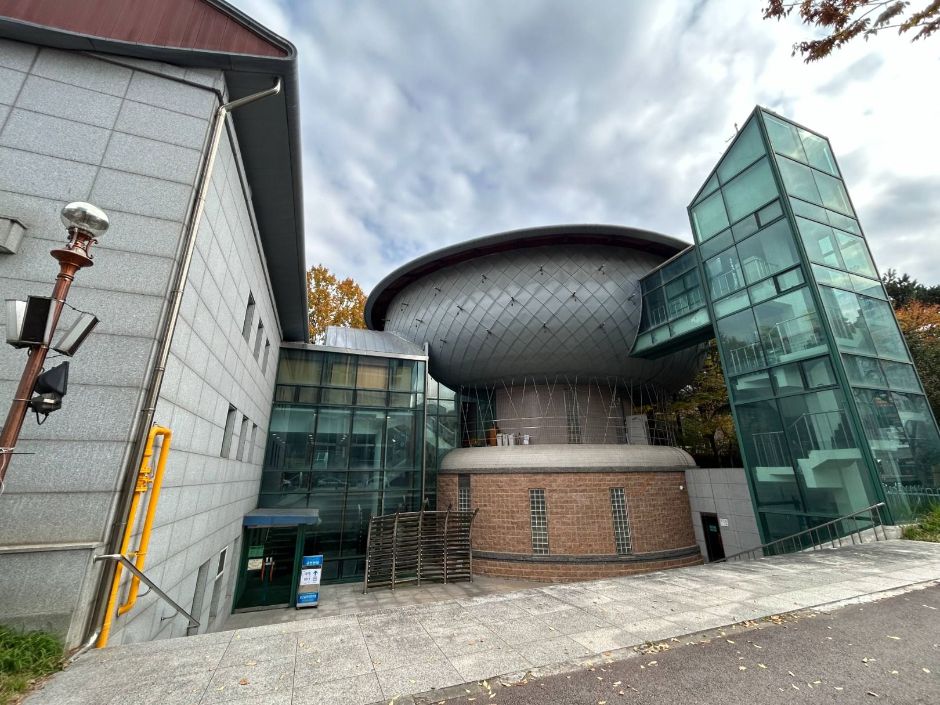
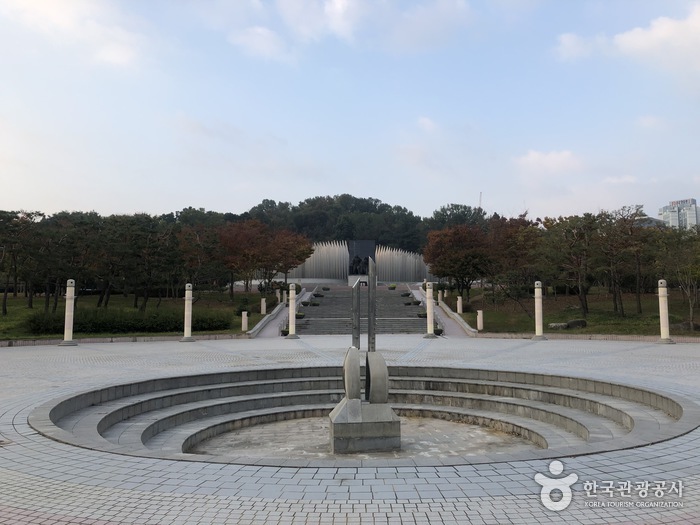
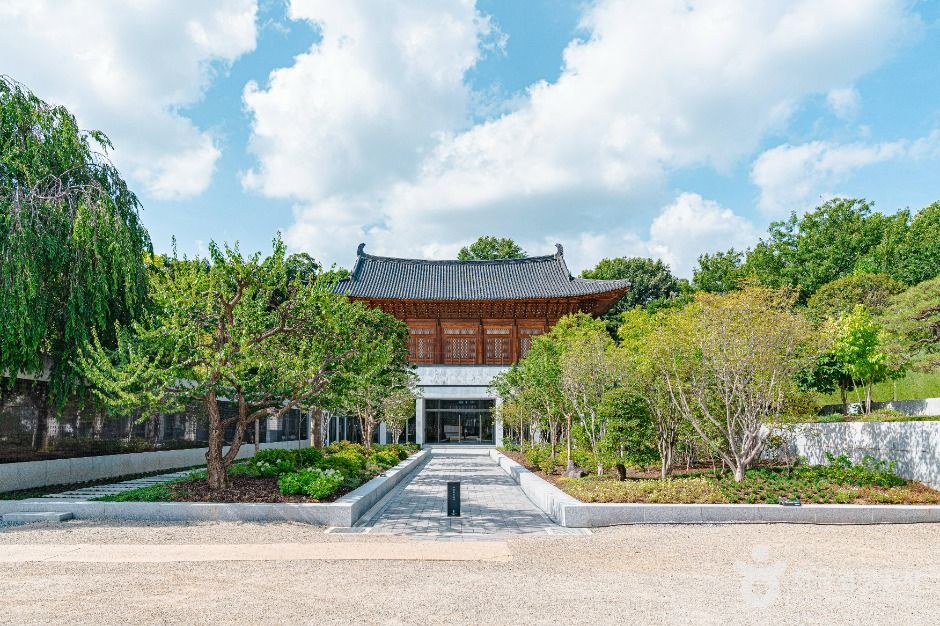
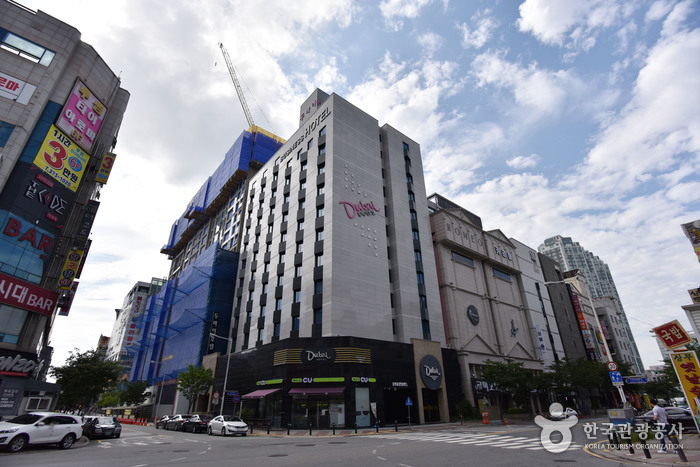
 English
English
 한국어
한국어 日本語
日本語 中文(简体)
中文(简体) Deutsch
Deutsch Français
Français Español
Español Русский
Русский